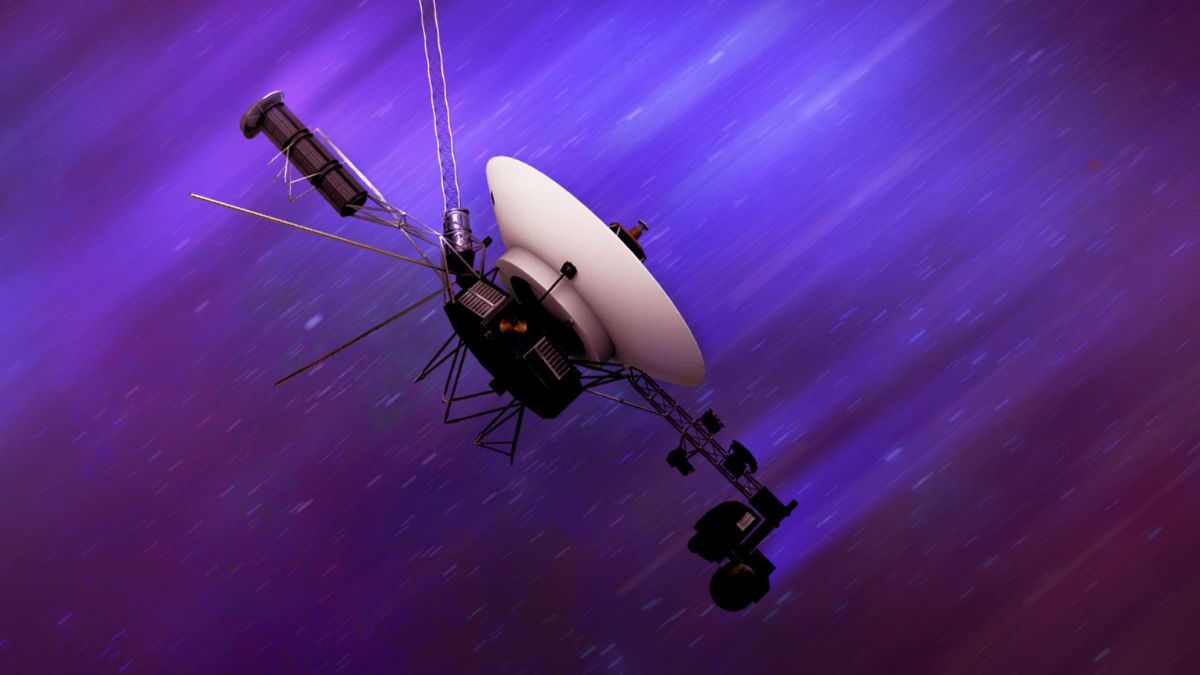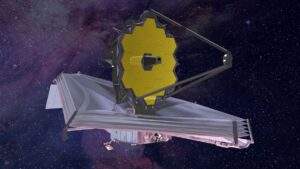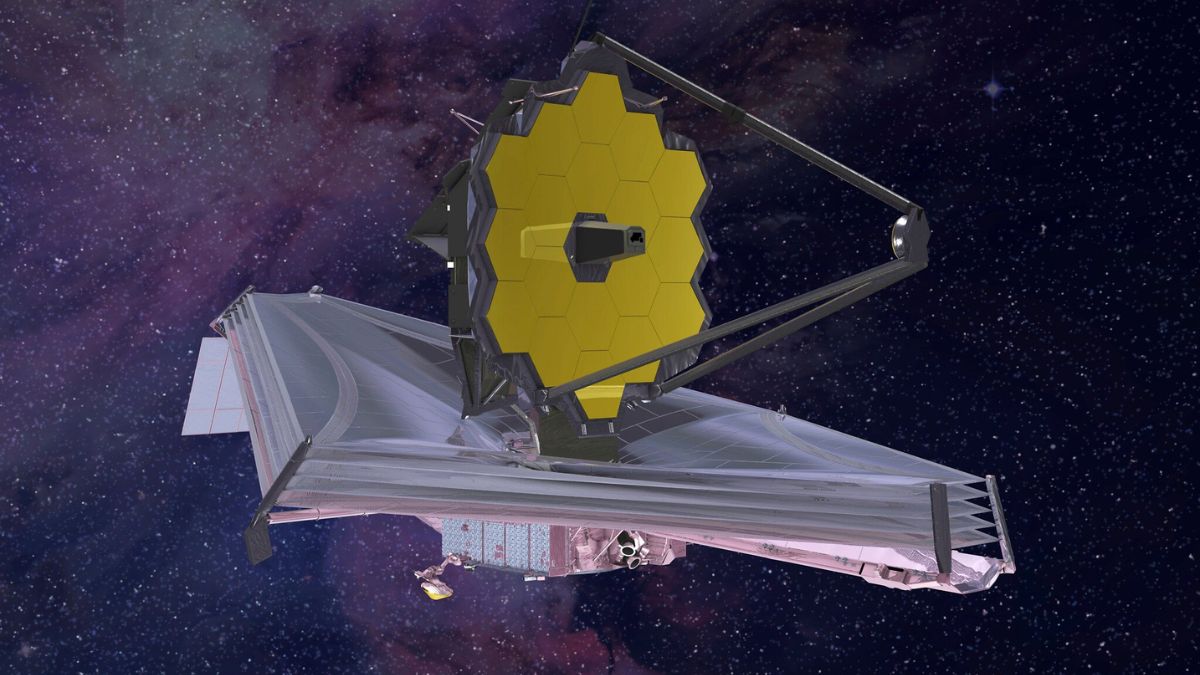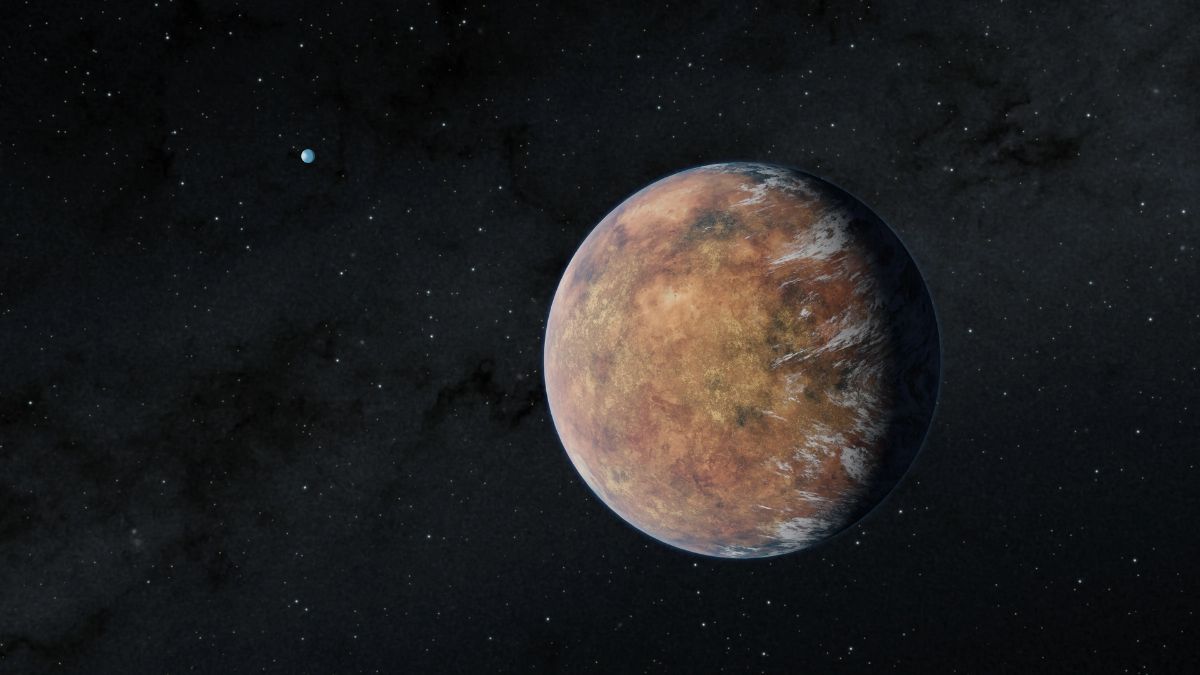In a surprising twist of space science, NASA has stumbled upon something both strange and fascinating—a satellite launched back in 1964, long thought inactive, may have just made its presence known. The discovery began when scientists detected what looked like a fast radio burst (FRB), a powerful radio signal that usually comes from deep space. But this one? It came from just a few thousand kilometers above Earth.
What followed was a mix of surprise, curiosity, and questions about the history of one of NASA’s earliest communication satellites—Relay 2. Let’s take a closer look at what really happened.
Discovery
On June 13, 2024, a team of astronomers using the ASKAP telescope in Australia picked up a strange signal. At first, it looked like a classic FRB—a brief but intense radio flash that usually comes from galaxies far away. But this signal didn’t come from some distant star system—it came from only 4,500 kilometers above the Earth’s surface.
This was odd enough to make scientists dig deeper. What they found next was even more surprising: the signal matched the path of Relay 2, a satellite NASA launched in 1964 and last used in 1967. After more than 50 years in silence, this satellite suddenly became the center of attention.
FRBs
Let’s quickly break down what an FRB is. FRB stands for Fast Radio Burst. These are short, powerful bursts of radio waves that typically travel for billions of years before reaching Earth. They usually come from far-off galaxies and are one of the most mysterious phenomena in astronomy.
That’s why this case was so unique—this FRB didn’t come from light-years away. It came from Earth’s orbit, from a piece of space junk that hasn’t functioned in decades.
How?
So, if Relay 2 hasn’t worked since 1967, how could it possibly be sending any signal at all? Astronomers currently believe there are two possible explanations:
- Electrostatic discharge: Space is full of radiation, and inactive satellites like Relay 2 can slowly build up static electricity. When the charge gets high enough, it might suddenly discharge—releasing a quick radio pulse that can mimic a fast radio burst.
- Micrometeorite impact: Tiny rocks called micrometeorites constantly zip through space. If one of these hits a satellite, the impact can create an energy surge that sends out a brief signal.
In this particular case, scientists lean toward the electrostatic discharge theory. The satellite may have released built-up charge in a sudden burst that was detected as a radio signal from Earth.
Relay 2
Relay 2 was one of NASA’s earliest communication satellites. Launched in 1964, it was designed to relay television, telephone, and data signals across continents. Although it stopped functioning in 1967, it never returned to Earth and has since become just another piece of space junk—until now.
Even though it’s been floating silently in orbit for over five decades, Relay 2 managed to surprise scientists in 2024. Its unexpected signal shows how even inactive satellites can still interact with space in ways we don’t fully understand.
Relevance
At first glance, this may not seem like a groundbreaking discovery. It’s not a black hole, a new planet, or an alien signal. But what it does show is incredibly important for space science and satellite safety.
Here’s why:
- It helps scientists learn to tell the difference between true cosmic signals and human-made interference.
- It proves that old satellites can still create confusion in modern observations.
- It sheds light on how electrostatic discharges might affect both inactive and active satellites.
- It encourages further study of space debris and how it may impact our technology.
Today, we rely heavily on satellites for everything from internet to GPS. Understanding how even old, non-working ones can disrupt data is a big step toward improving space safety.
Lessons
This discovery reminds us that even the quietest objects in space might still have a story to tell. The fact that a decades-old satellite like Relay 2 can still make noise in orbit shows how complex space truly is. It also pushes scientists to keep a closer eye on space junk, not just for safety, but for the clues it may hold.
So, the next time you hear about an old satellite or a random blip in space, don’t brush it off. It could be another unexpected chapter in our ongoing journey to understand the cosmos.
FAQs
What is Relay 2?
An old NASA communication satellite launched in 1964.
What is an FRB?
A fast radio burst—brief, powerful radio waves from space.
Why did Relay 2 send a signal?
Likely due to an electrostatic discharge in space.
Is Relay 2 still active?
No, it stopped working in 1967 but remains in orbit.
Why is this discovery important?
It helps distinguish real space signals from satellite noise.





















